Chemical Engineering
AI screens to make transport fuels green
Machine learning could fast-track the formulation of tailor-made mixtures, including “greener” fuels.
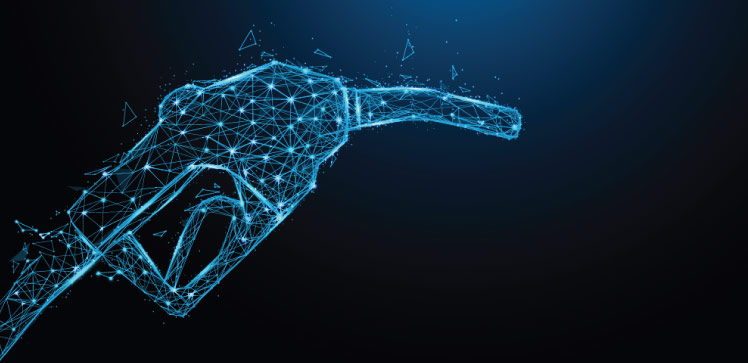
An inverse mixture-design approach based on machine learning can teach computers to create mixtures from a set of target properties. Developed by KAUST, this could help find high-performance transport fuels that burn efficiently while releasing little carbon dioxide (CO2) into the atmosphere.
Greenhouse gas emissions are major contributors to rising global temperatures. A large proportion of CO2 emissions comes from the combustion of hydrocarbon fuels, such as gasoline, that power most automotive engines. A promising solution to these environmental issues is to engineer transport fuels that offer enhanced efficiency and lower carbon emissions.
There are several methods developed for fuel screening, but they are usually validated only on smaller blends, or require additional preprocessing, which makes these configurations unsuitable for inverse fuel design. “The key bottleneck is screening complex mixtures containing hundreds of components to predict synergistic and antagonistic effects of species on the resultant mixture properties,” says first author Nursulu Kuzhagaliyeva, a Ph.D. student in Mani Sarathy’s research group.
Kuzhagaliyeva, Sarathy and coworkers constructed a deep learning model — comprising multiple smaller networks dedicated to specific tasks — to screen fuels efficiently. “This problem was a good fit for deep learning that allows capturing nonlinear interactions between species,” Kuzhagaliyeva says. In the inverse-design approach, the researchers first defined combustion-related properties, such as fuel ignition quality and sooting propensity, and then determined potential fuels according to these properties.
Publicly available experimental data are scarce. Therefore, the researchers built an extensive database using experimental measurements from the literature to train the model. The database consisted of different types of pure compounds, surrogate fuel blends and complex mixtures, such as gasoline.
There was no model adaptable to inverse fuel design, so the researchers had to embed vector representations in the model, Kuzhagaliyeva says. Inspired by text processing techniques that relate words to phrases using hidden vectors, they introduced a mixing operator that directly connects hidden representations of pure compounds and mixtures through linear combinations. They also added search algorithms to detect fuel mixtures that match the predefined properties within a chemical space.
The model accurately predicted the fuel ignition quality and sooting propensity of various molecules and mixtures. It also identified several fuel blends fitting the predefined criteria.
The team is now enhancing model accuracy by extending the property database to other criteria, such as volatility, viscosity and pollutant formation. The tool is being advanced to formulate gasoline e-fuels and synthetic aviation fuels. “We are also developing a cloud-based platform to enable others to use the tool,” Kuzhagaliyeva says.
References
- Kuzhagaliyeva, N., Horváth, S., Williams, J., Nicolle, A. & Sarathy, S.M. Artificial intelligence-driven design of fuel mixtures.Communications Chemistry 5, 111 (2022).| article
You might also like

Chemical Engineering
Urban air pollution goes up in smoke
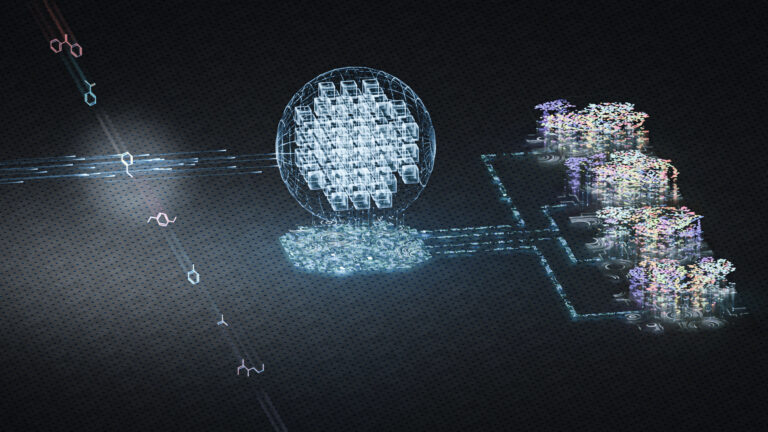
Chemical Engineering
Rethinking machine learning for frontier science

Chemical Engineering
Magnetic nanoparticles capture microplastics from water
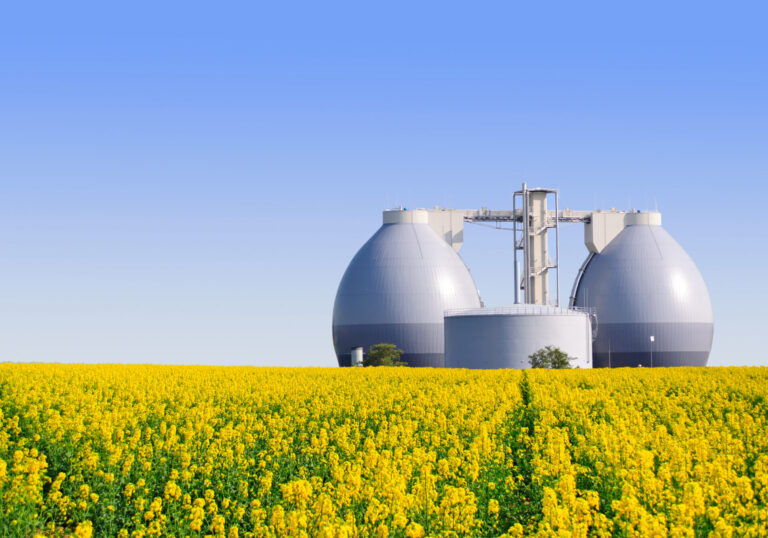
Chemical Engineering
Biogas upgrading goes with a swing
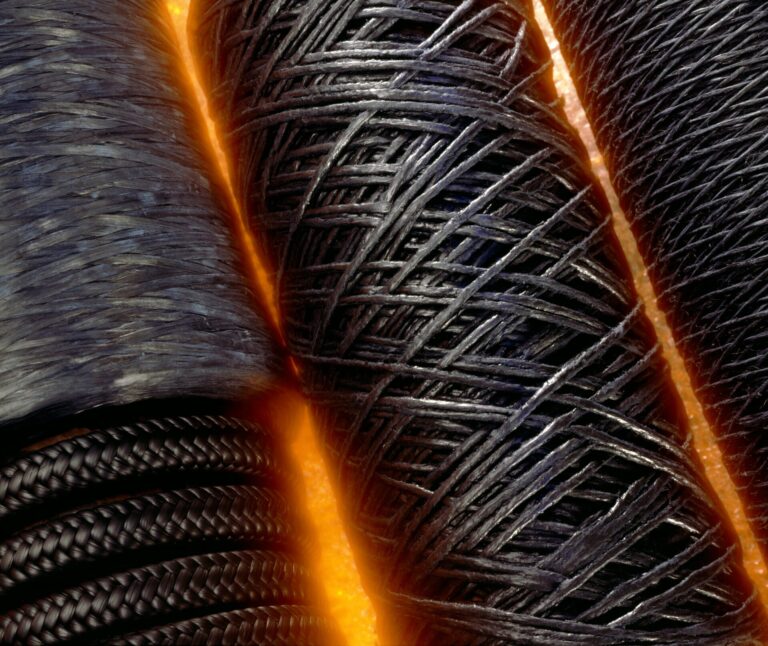
Chemical Engineering
Stronger, lighter, cheaper: a new route to carbon fiber production

Chemical Engineering
Unveiling the role of biomass-burning aerosols in atmospheric reactions
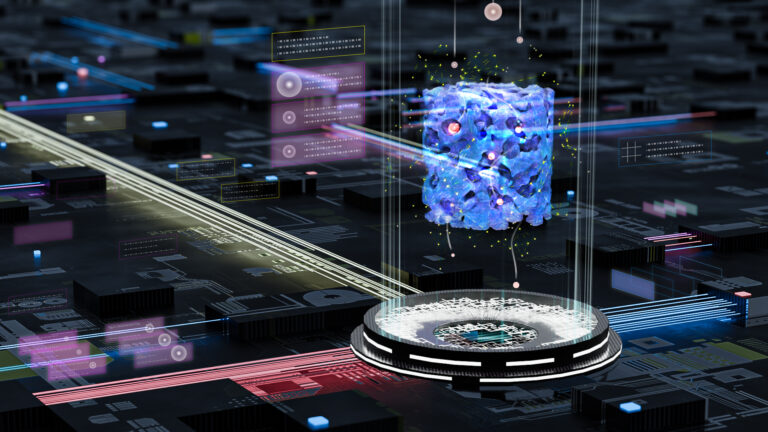
Chemical Engineering
Slashing industrial emissions using a hybrid model approach
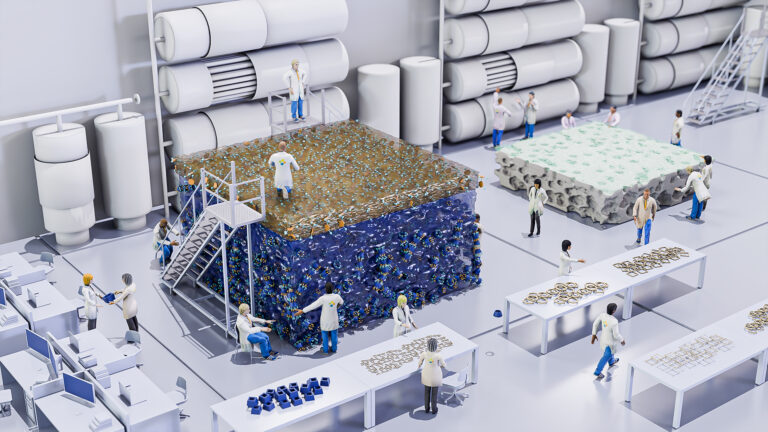
Chemical Engineering




